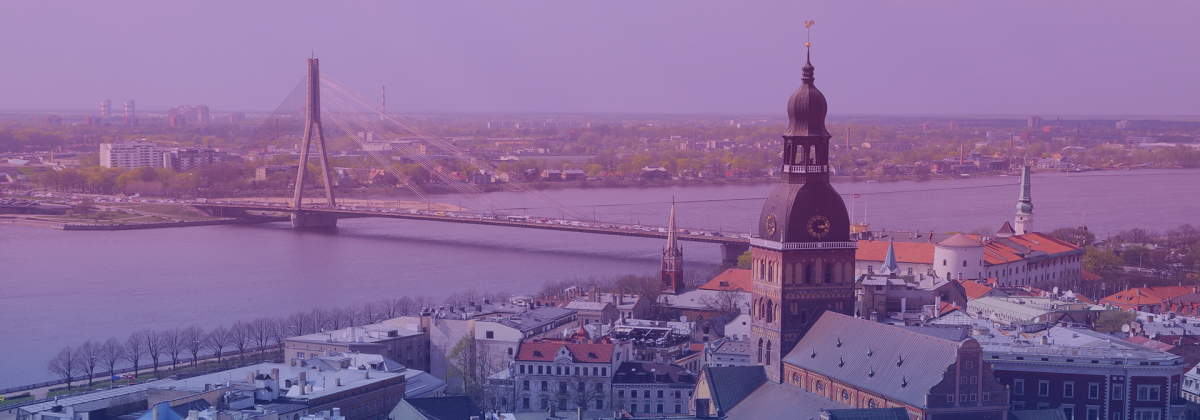| Monday, 2 August 2021 | Tuesday, 3 August 2021 | Wednesday, 4 August 2021 |
| Poster 1.1. Laura Miola, Chiara Meneghetti, Veronica Muffato and Francesca Pazzaglia. Environmental learning and individual spatial factors: the role of self-efficacy | Poster 2.1. Fabienne Kock and Annette Hohenberger. Does the movement pattern of non-visual eye movements during episodic vs semantic memory tasks correspond to Lévy Flights? | Poster 3.1. Christopher Hawthorne, Michelle Myers, Sofia Quintero and Heather Burte. Directional sense in familiar environments misaligned with the cardinal directions |
| Poster 1.2. Błażej Skrzypulec. Tactile field and the dual nature of touch | Poster 2.2. Nikki Hatamian, Robert Woodry, Bailey Tranquada-Torres, Andre Yee and Elizabeth Chrastil. The relationship between navigation abilities and mental disorders | Poster 3.2. You Lily Cheng and Elizabeth Chrastil. Head direction signals during navigation: comparing movement and stationary periods |
| Poster 1.3. Thora Tenbrink, Anwen Williams and Constance Croguennec. Close to my heart: meanings associated with places near and far | Poster 2.3. Phillip Fernberg, Brent Chamberlain, Morgan Saxon, Sarah Creem-Regehr and Jeanine Stefanucci. ‘Imageable’ numbers: theory-based urban design for immersive psychometrics research | Poster 3.3. Sungjoon Park, Brandon Watanabe and Heather Burte. Reference frames for spatial and social thinking: Individual differences in strategy use |
| Poster 1.4. Santa Bartušēvica. Development and testing of a tool for learning stereometry at high school | Poster 2.4. Ieva Lukošiūnaitė, Ágnes Kovács and Natalie Sebanz. The influence of others’ actions on perspective taking | Poster 3.4. Tina Vajsbaher, Holger Schultheis, Paphon Sa-Ngasoongsongm, Ratthapoom Watcharopas, Myat Su Yin and Peter Haddawy. The role of spatial cognition in surgical navigation in arthroscopic surgery |
| Poster 1.5. Erica Barhorst, Jeanine Stefanucci and Sarah Creem-Regehr. The effects of movement and spatial activities on real and imagined spatial updating | Poster 2.5. Fintan Nagle, Brian Ball and Hugo Stevensen. Is addressable memory required for spatial cognition? | Poster 3.5. Renate Delucchi Danhier. Mini-maps aid spatial cognition within virtual worlds |
| Poster 1.6. Chiara Meneghetti and Veronica Muffato. Learning paths from real navigation: the advantage of initial view, cardinal north and visuospatial ability | Poster 2.6. Julian Hauser. Why know myself? Flexible behaviour and the need for self-modelling | Poster 3.6. Sabine U König, Ahima Keshava, Viviane Clay, Kirsten Rittershofer, Nicolas Kuske and Peter König. Embodied Spatial Knowledge Acquisition in Immersive Virtual Reality: Comparison of Direct Experience and Map Exploration |
| Poster 1.7. Maria Photiou, Alexia Galati and Marios Avraamides. Spatial updating and domain expertise: the case of dancers | Poster 2.7. Pierre Gander, Anna Jia Gander. Based on a true story: how fictionality affects spatial cognition of events | Poster 3.7. Margarita Zaleshina and Alexander Zaleshin. Changes in the flight paths of pigeons based on extended spatial landmarks |
| | Poster 3.8. Bingjie Cheng, Ian T. Ruginski, and Sara I. Fabrikant. Enhancing spatial learning during navigation by optimizing landmark density on digital maps |
| | Poster 3.9. Vladislava Segen, Giorgio Colombo, Marios Avraamides, Timothy Slattery and Jan Wiener. Difficulties in extracting spatial information induce a bias towards the use of non-spatial heuristics in a spatial memory task |

